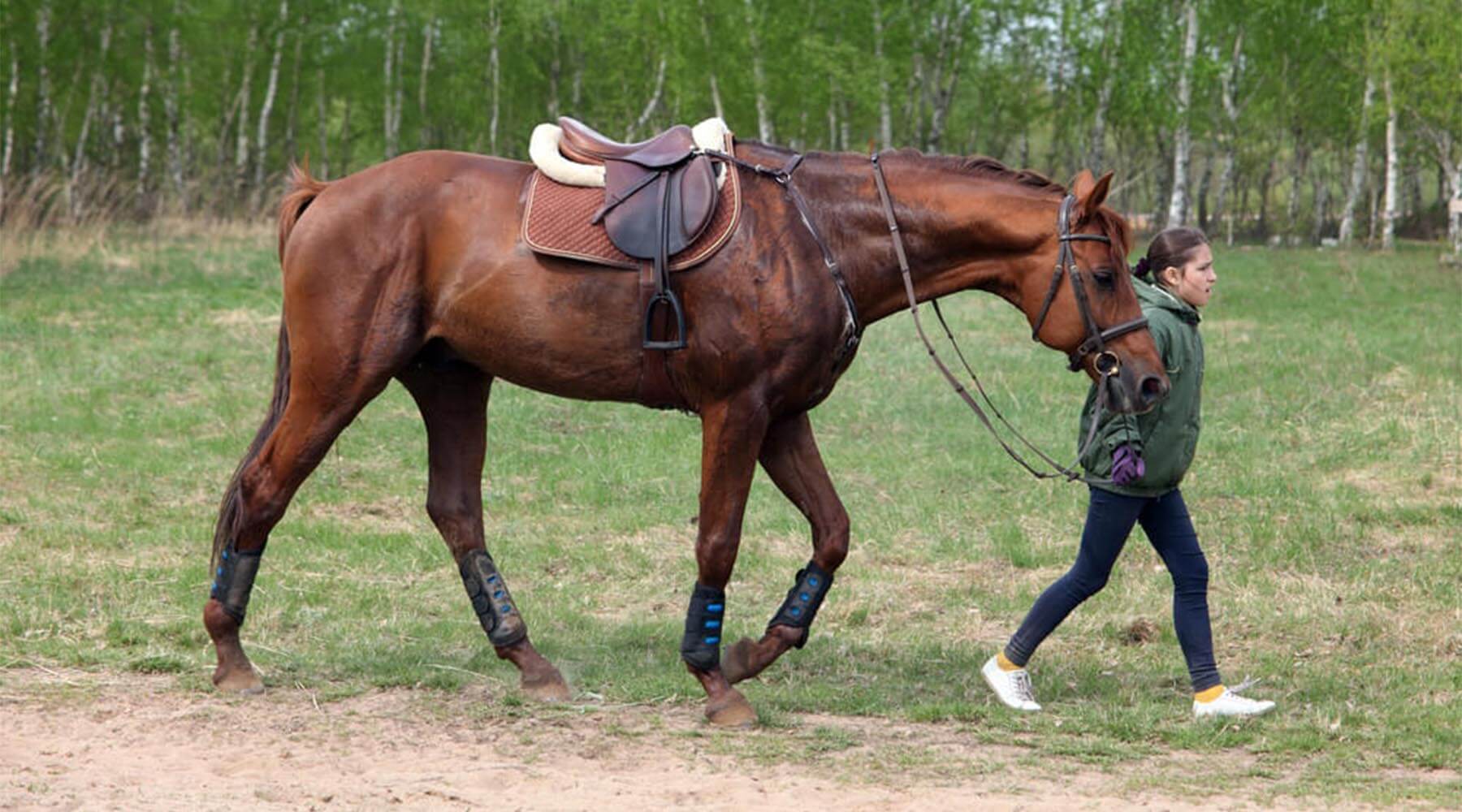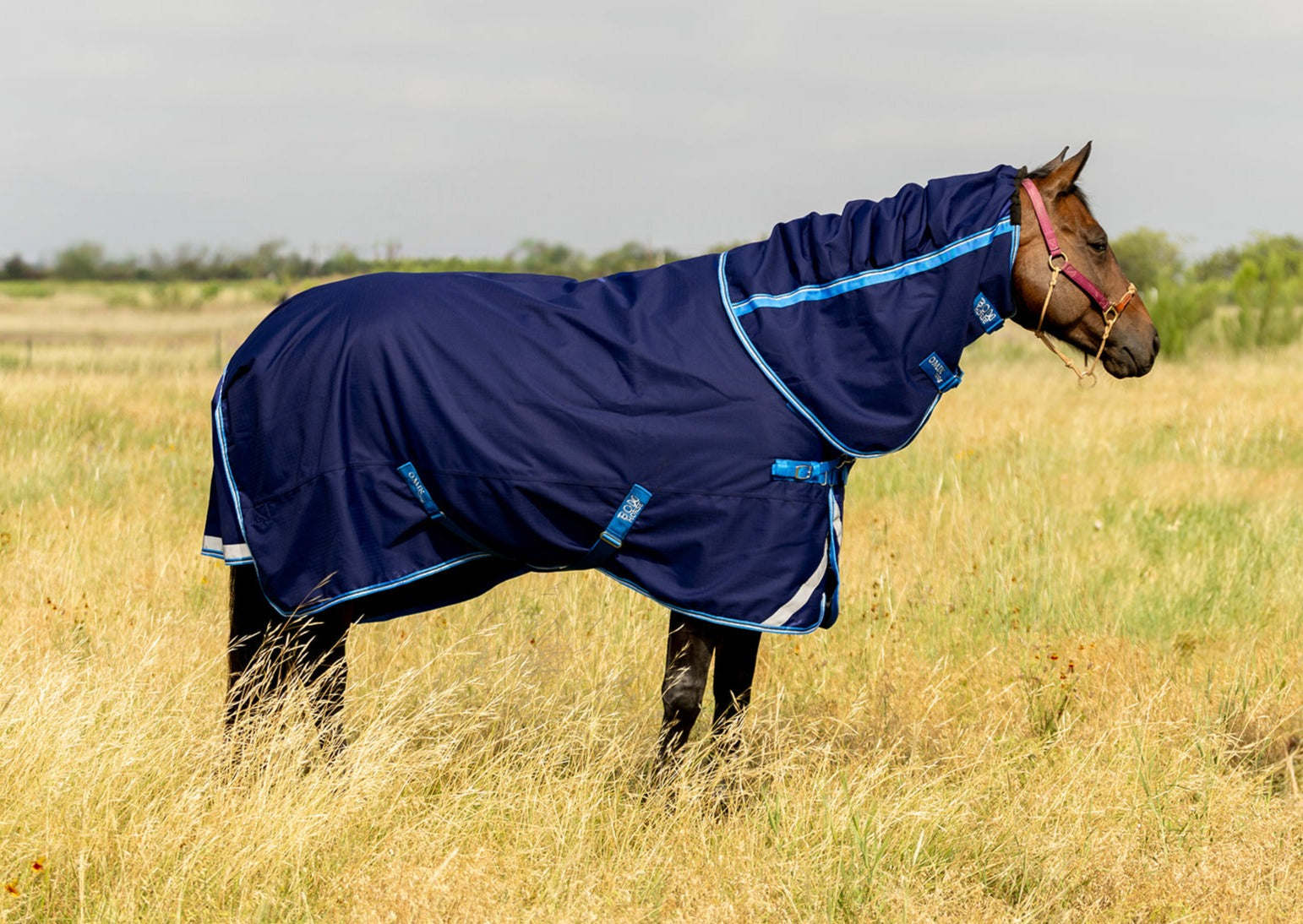
How to Canter on a Horse: Master the Equestrian Art Today?
Share
The ability to canter on a horse is a significant milestone for any rider, offering a rewarding and exhilarating experience. Whether you're a newcomer to the equestrian world or someone trying to refine your skills, understanding how to canter on a horse can elevate your riding practice.
Before jumping into the mechanics, it's essential to ensure that both you and your horse are ready for this endeavor. A strong bond of trust between you and your equine companion will ensure a safe and enjoyable experience.

What You Should Know Before You Start Cantering
With every new skill in riding, there are important considerations to keep in mind during your journey towards mastering the canter.
- Horse's Condition: Ensure your horse is physically fit. A horse that is not in good shape may find it challenging to canter smoothly.
- Equipment: Make sure your tack is appropriate and fitted correctly. Good saddles and bridles contribute significantly to comfort and control.
- Safety Gear: Always wear a helmet and appropriate riding attire to protect yourself in case of falls.
Finding Your Horse's Rhythm
Cantering is often regarded as a three-beat gait. Understanding your horse's rhythm is crucial to maintaining balance and synchronization. The first step is to establish a solid walk and then transition into a trot before attempting the canter. Aim to ride with quiet hands and let your horse flow naturally.
How to Initiate the Canter
Once you and your horse are comfortable trotting, its time to progress to a canter. Heres a step-by-step guide:
- Prepare: Ensure you are seated properly in the saddle with a centered position. Keep your body relaxed and loose.
- Trot First: Start at a steady trot. This rhythm provides a natural pace for the transition.
- Give Aids: To cue your horse for the canter, gently squeeze with your legs while tilting your pelvis forward slightly.
- Use Your Voice: You can also use voice commands like canter to encourage your horse.
- Let Go of the Reins: Allow your horse to take the lead by loosening your grip slightly on the reins.
The Importance of Transitioning Smoothly
When you first practice cantering, try to focus on making your transitions as smooth as possible. Choppy shifts can lead to an uncomfortable experience for both you and your horse.
For further understanding, check out Train a Horse to solidify your groundwork before cantering.
Maintaining Balance While Cantering
Once you're in the canter, maintaining balance is critical. Here are some tips to ensure that you maintain a steady position:
- Engage Your Core: Keep your core muscles engaged. This offers stability and supports your lower back.
- Relax Your Upper Body: Keep your shoulders down and your arms relaxed. Tight muscles lead to unsteadiness.
- Look Ahead: Focus on where you're going, not down at your horses neck.
Practicing the Canter
Practice consistently to build both your confidence and your horse's. Begin by cantering short distances, gradually increasing as you both grow more comfortable.
Common Issues & Solutions
As you practice cantering, you may encounter some common issues:
- Rushed Canters: If your horse tends to rush, practice slowing the pace immediately.
- Uneven Strides: Focus on your horses balance and adjust your aids accordingly.
- Horse Resistance: If your horse resists cantering, revisit groundwork exercises to reinforce your connection.
For detailed advice on horse behavior, check out Horse Behavior Insights.
Building a Connection with Your Horse
Lastly, developing a trusting relationship with your horse is vital. Understanding their cues and being patient will enhance your ability to canter confidently. Consider engaging in groundwork exercises that build trust, which you can read more about in Horse Groundwork.
Benefits of Cantering
Cantering offers numerous benefits, including:
- Improved Fitness: Regular cantering helps both you and your horse develop stamina.
- Strengthened Bond: The challenge can help deepen your relationship through teamwork.
- Enhanced Skills: Mastering the canter prepares you for other riding disciplines.
Frequently Asked Questions (FAQs)
1. Is it safe to canter on my first ride?
It's advisable to gain confidence at a walk and trot before attempting to canter. Always work with a knowledgeable instructor if you are a beginner.
2. What equipment do I need?
Prioritize a well-fitted saddle and bridle, and wear a helmet for safety.
3. Will my horse enjoy cantering?
Most horses naturally enjoy moving at a faster gait. However, it's essential to ensure they are fit and healthy to canter comfortably.

Conclusion
Learning how to canter on a horse might seem daunting, but with practice, patience, and proper technique, you will be able to master this exhilarating gait. Stay dedicated, and ensure that you continue to build the relationship with your horse for a smooth and enjoyable riding experience.
For additional resources on horse care and riding tips, you may refer to the Essential Guide to Horse Tack.
As an Amazon Associate, I earn from qualifying purchases.
